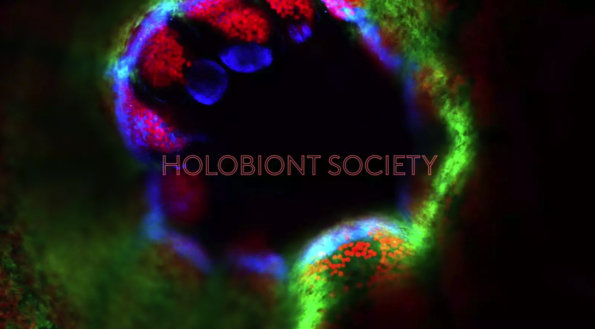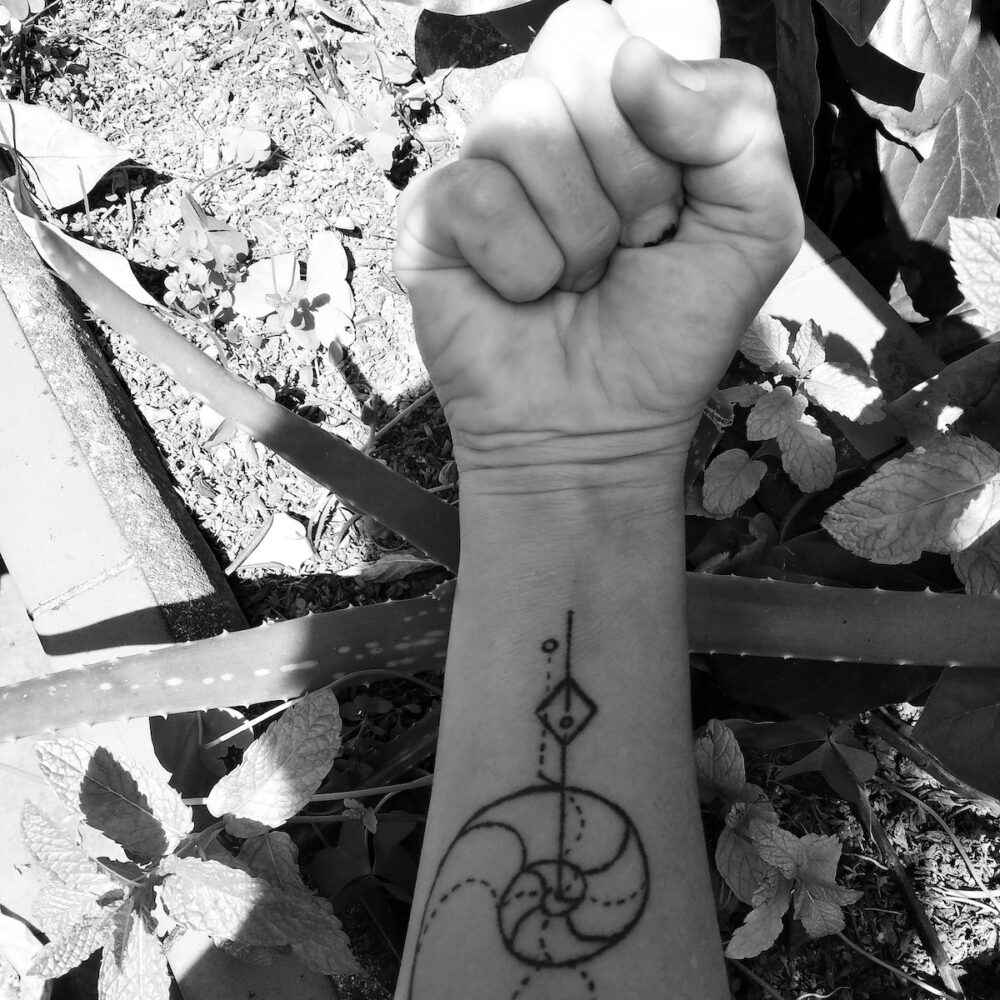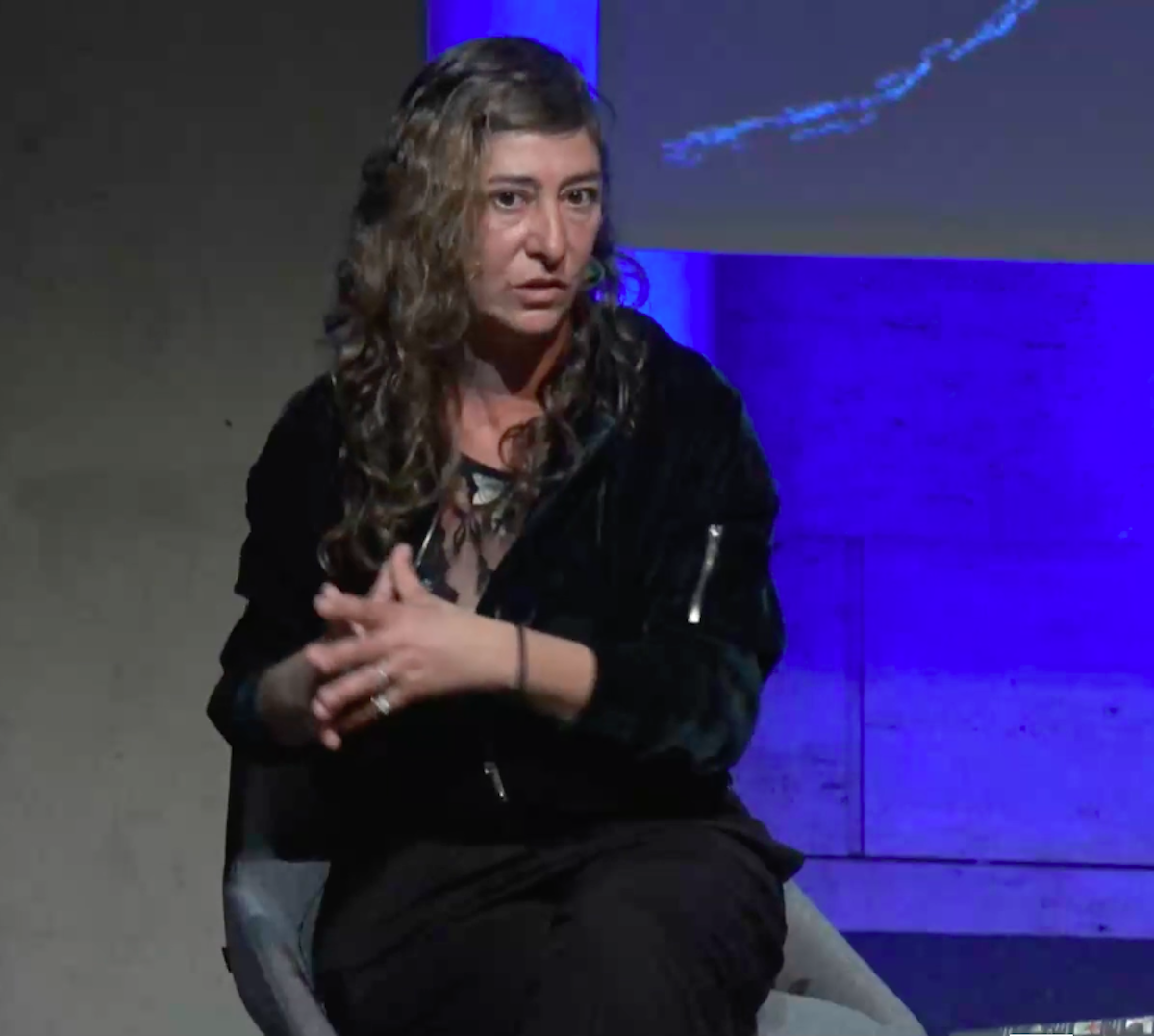Search
To search for an exact match, type the word or phrase you want in quotation marks.
A*DESK has been offering since 2002 contents about criticism and contemporary art. A*DESK has become consolidated thanks to all those who have believed in the project, all those who have followed us, debating, participating and collaborating. Many people have collaborated with A*DESK, and continue to do so. Their efforts, knowledge and belief in the project are what make it grow internationally. At A*DESK we have also generated work for over one hundred professionals in culture, from small collaborations with reviews and classes, to more prolonged and intense collaborations.
At A*DESK we believe in the need for free and universal access to culture and knowledge. We want to carry on being independent, remaining open to more ideas and opinions. If you believe in A*DESK, we need your backing to be able to continue. You can now participate in the project by supporting it. You can choose how much you want to contribute to the project.
You can decide how much you want to bring to the project.

Not all theory is story and not all story is theory, but the contact zone
between the two is really thick.
Donna Haraway[1]HARAWAY, D. (2017). Holobiont Society. Documentary by Dominique Koch.
In recent years, biologists and philosophers have discussed the possibility of considering the holobiont as a unit of selection, that is, a biological entity on which natural selection can act upon. Since Darwin, most of evolutionary theory has treated the individual organism as the unit of selection. Nevertheless, since the end of the 20th century, thanks in part to the genomic analysis technologies, new research sheds light on the idea that “certain multispecies systems can be considered as having traits that can evolve by natural selection”[2]SUÁREZ, J. ( 2021). «El holobionte/hologenoma como nivel de selección: una aproximación a la evolución de los consorcios de múltiples especies». Theoria, 36(1), 81-112.. These multispecies consortia are the holobionts.
Some forms of holobionts are viewed as an ecological community, as it refers to a human, a plant or an animal and its microbiota, its microbial symbionts. Etymologically, holo– means “entire”, “complete”, “safe and sound”.
The first time I read about this concept was in Staying with the trouble, by Donna Haraway. I was translating the book, and we had a hard time to find a faithful title for it, but translating holobiont was as easy as dropping a letter. However, it took me many hours of reading and thinking to approach the concept. Maybe because although we know that sciences overlap and feed into each other, their discourses and debates are very specific. Haraway argues that:
That is decidedly not the same thing as One and Individual. Rather, in polytemporal, polyspatial knottings, holobionts hold together contingently and dynamically, engaging other holobionts in complex patternings. Critters do not precede their relatings; they make each other through semiotic material involution, out of the beings of previous such entanglements[3]HARAWAY, D. (2019). Staying with the Trouble. Duke University Press, p. 60..
After this definition, the statement that we have never been autonomous individuals is not just an opinion, but a biological fact. We are symbiotic assemblages: not hosts, not parasites, but symbiotic entanglements that can evolve into complex dynamic systems, engaging themselves with other holobionts. From this perspective, it is possible to focus on relationships, on entanglements, on the contact zones, rather than on autonomous individuals. “Critters do not precede their relatings; they make each other through semiotic material involution, out of the beings of previous such entanglements[4]HARAWAY, D. (2019). Staying with the Trouble. Duke University Press, p. 60..”, sustains Haraway.
The temptation of adopting these concepts and using them to replace the old assumptions is irresistible. At the end of the 20th century we were all cyborgs, today we are all holobionts. End of story.
But no concept will come to save us. Concepts are not heroes, they can barely act as ships, sometimes as lighthouses. We need a lot more to start a scientific, artistic and political revolt. Holobiont “is not a synonym for utopia, at all. But it is an invitation to think in earthly terms”, says Haraway in Holobiont Society, Dominique Koch’s documentary. “Hegemony and exploitation also exist in the holobiont. But revitalization, regeneration, reanimation of resistance in the holobiome is very powerful.”
If it is true that thinking of ourselves as lords of creation situated at the top of a species hierarchy because of our supreme intelligence, as eternal warriors that have to compete, wrestle and kill to ensure the continuity of our lineage, led us to the rapid destruction of ecosystems, maybe thinking of ourselves as symbiotic beings could change the question of to whom we are responsible. We could yield to the idea that it is impossible to get out of human exceptionalism. But thinking in functional rather than taxonomic terms, putting emphasis on relationality, contingency, pollution and the need of constant negotiation can still make a difference.
Humusities instead of humanities, suggests Haraway. What we need are situated knowledges, not a common language to translate reality into a de/coding problem. Thinking as playing string figures games, not as the implementation of models.
Curiously, fetishes—themselves “substitutes,” that is, tropes of a special kind— produce a particular “mistake”; fetishes obscure the constitutive tropic nature of themselves and of worlds. Fetishes literalize and so induce an elementary material and cognitive error. Fetishes make things seem clear and under control.[5]HARAWAY, D. (2004). Modest_Witness@Second_Millenium.FemaleMan_Meets_Oncomouse. Routledge, pág. 136.
The holobiont deepens the task of the cyborg, that illegitimate critter that illustrates the implosion of Western dichotomies, such as subject/object, human/machine, technology/organism, nature/culture, and all the other binaries that divide the world into irreducible opposites that open the ground for war. The coherent self cannot read the languages of AI, it can only reproduce hierarchical categories that turn every technology into a tool of social control. The holobiont is a promising figure for practices of worlding —the consortia of organisms gives rise to more interesting questions, in its etymological sense: interesse, ‘differ, be important’, from inter-, ‘between’, -esse, ‘be’, what lies in between two beings, the contact zones.
Inspired by the holobiont, artist Maja Smrekar carried out the project K-9_topology, a research that has evolved over several years which includes four different artworks around the co-domestication and co-evolution between humans and dogs. One of the chapter of the series, Hybrid Family, is a practice-based artistic research in which the artist manipulates her body through a process of psycho-endocrinological training, in order to feed her puppy Ada with her own milk. From this process, the term mOther(ness)[6]“…by being pregnant with a concept of abundance, I became the Other as a mOther.” SMREKAR, M. (2021). mOther(ness). Glossary of common knowledge. aroused. Becoming-with, co-constitution, motherhood as nurture and culture, not as reproduction of the same. By exploring the meaning of motherhood in the face of the accelerated destruction of ways of living and dying, Maja Smrekar questions the boundaries between humans and animals, nature and culture, civilization and barbarism. Make kin not babies![7]HARAWAY, D. (2016). “Chthulucene Manifesto from Santa Cruz”. Laboratory Planet, 5, p. 9..
Even though my artistic practice is usually guided by intuition, I start from the premise that we are all colonised by bacteria and viruses. Just as we humans colonise houses, cities and surroundings, we also serve as hosts for ideologies, media and technologies[8]SMREKAR, M. Op. Cit..
There are not hierarchies in the holobiont, being all symbionts. But that does not mean there are no place for conflict. The relationships have mutual advantages and disadvantages. “Symbiosis is not a synonym for ‘mutually beneficial’,”[9]HARAWAY, D. (2016). Op. Cit., p. 60. reminds us Haraway. That is why we need a myriad of terms to name the complexity of knots and networks, entities and entanglements, which are always situated, dynamic, contingent.
Cyborgs, the chthonic ones, semiotic-material entities, nodes in the network, inappropriate/d others, critters enmeshed in polytemporal and polyspatial entanglements.
Compost.
Humus.

(Front image: Dominique Koch, Holobiont Society, 2017. Video, sound and spatial instalation. Photo from https://www.artsy.net/artwork/dominique-koch-holobiont-society)
| ↑1 | HARAWAY, D. (2017). Holobiont Society. Documentary by Dominique Koch. |
|---|---|
| ↑2 | SUÁREZ, J. ( 2021). «El holobionte/hologenoma como nivel de selección: una aproximación a la evolución de los consorcios de múltiples especies». Theoria, 36(1), 81-112. |
| ↑3, ↑4 | HARAWAY, D. (2019). Staying with the Trouble. Duke University Press, p. 60. |
| ↑5 | HARAWAY, D. (2004). Modest_Witness@Second_Millenium.FemaleMan_Meets_Oncomouse. Routledge, pág. 136. |
| ↑6 | “…by being pregnant with a concept of abundance, I became the Other as a mOther.” SMREKAR, M. (2021). mOther(ness). Glossary of common knowledge. |
| ↑7 | HARAWAY, D. (2016). “Chthulucene Manifesto from Santa Cruz”. Laboratory Planet, 5, p. 9. |
| ↑8 | SMREKAR, M. Op. Cit. |
| ↑9 | HARAWAY, D. (2016). Op. Cit., p. 60. |

Sociologist, translator and educator, Helen Torres (1967, Colonia, Uruguay) has published the novel Autopsia de una langosta (Melusina, 2009), the anthology Relatos Marranos (Pol-len, 2014) and the chronicle Ciutat Morta. Crónica del Caso 4F (Huidobro, 2016). She has specialised in the thought of Donna Haraway, by whom she has translated Testigo_Modesto@Segundo_Milenio. HombreHembra_Conoce_OncoRatón (UOC, 2004), Manifiesto Chthuluceno desde Santa Cruz (Laboratory Planet, 2016) and Seguir con el problema (consonni, 2019). She has also translated Marge Piercy’s science fiction novel Woman on the Edge of Time (consonni, 2020).She has developed geo-localised sound interventions and narratives.
She currently coordinates speculative fabulation workshops and is translating Donna Haraway’s Simians, Cyborgs and Women for Alianza Editorial. https://helenatorres.wordpress.com
"A desk is a dangerous place from which to watch the world" (John Le Carré)